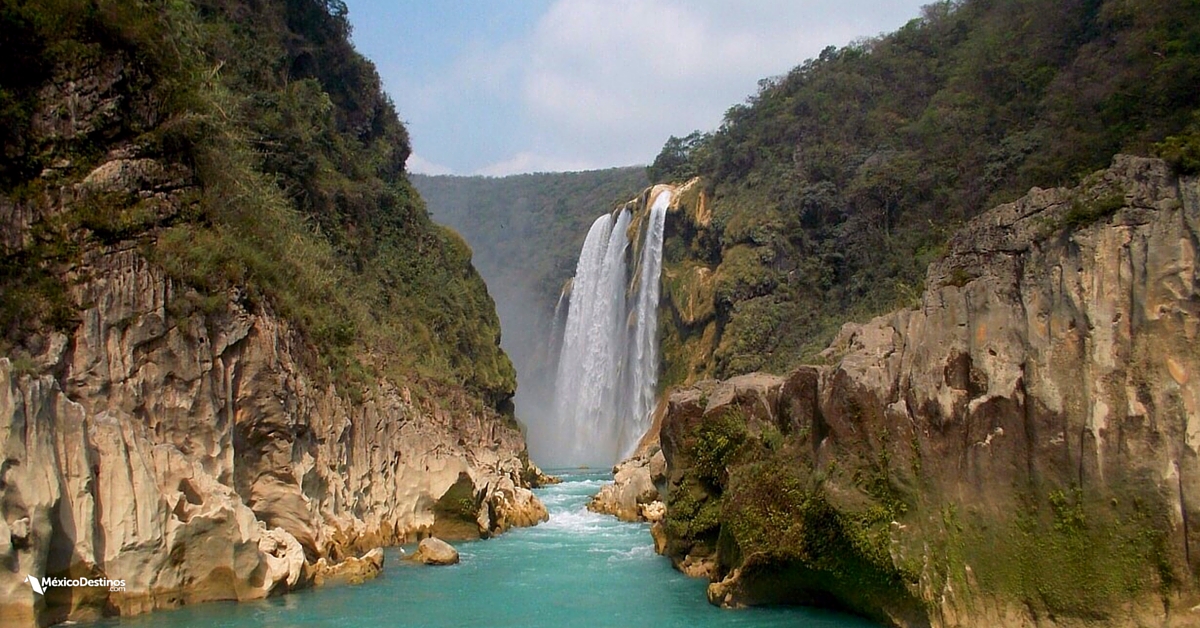Mexico has a great variety of flora and fauna, with a large number of extraordinary species. Mexican coasts are chosen by the gray whale to reproduce, the deserts and forests are great natural sanctuaries, it has the second largest reef in the world, its seas are home to 39% of marine mammals, and also, throughout the length and breadth of Mexico, there are more than 176 protected natural areas, 5 of them considered by UNESCO as Natural Patrimony of Humanity. Just for this and much more, we believe that Mexico is a Paradise for Ecotourism.
Join us to see some of these places and discover the colors that Mexico has for you:
1. Cabo Pulmo National Park, Baja California Sur
Cabo Pulmo is the only coral reef in the Sea of Cortez, is more than 25,000 years old and is home to more than 226 marine species. Thanks to the fact that it is a National Park, fishing is prohibited, with diving and scientific exploration being the main activities in this place full of magic and life.
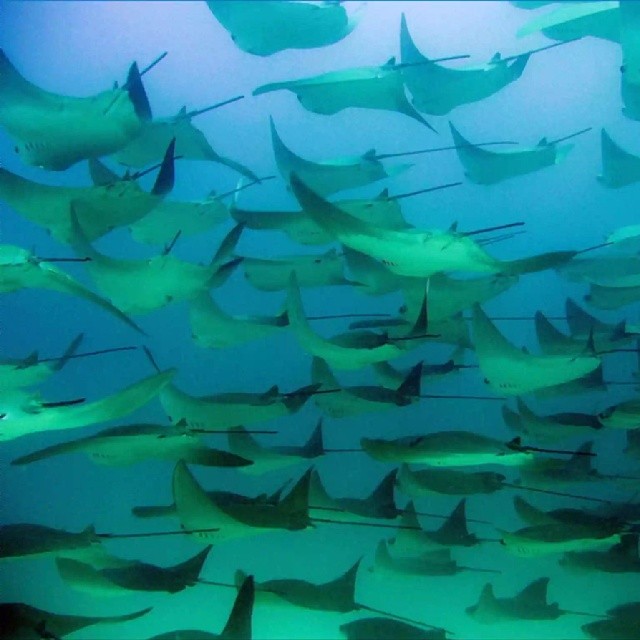
2. Calakmul Biosphere Reserve, Campeche
In an area of 331 thousand hectares of jungle is Calakmul. A region full of historical evidence of the coexistence between man and nature. With more than 38 archaeological zones and a mixed World Heritage Site by UNESCO since 2014. This natural reserve is the main one in Mesoamerica and the second largest in America, home to thousands of species of animals and plants.
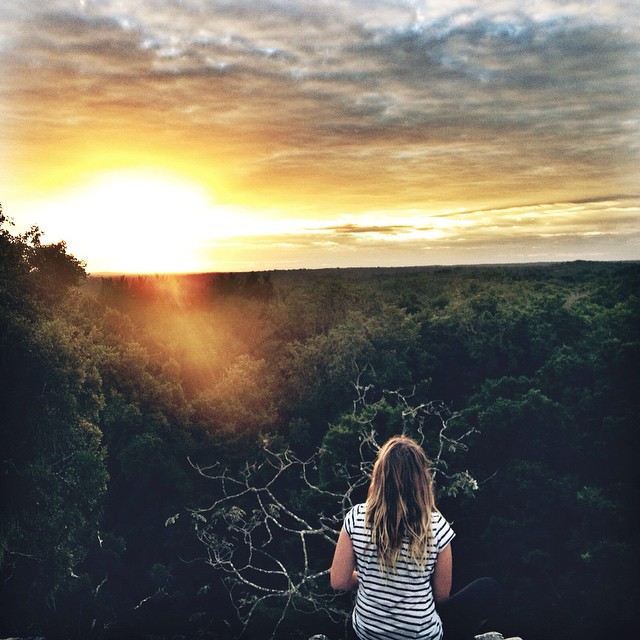
3. Akumal, Riviera Maya
Akumal, in the Mayan language, means “Place of Turtles”, it is one of the most spectacular beaches in the Riviera Maya and it is also a natural sanctuary for sea turtles, which have inhabited the planet for more than 150 million years. Learning to swim with the turtle grandmothers in their natural environment is one of the best experiences you can have in a lifetime. Enjoy Ecotourism in Mexico in the Riviera Maya style!

4. Xilitla, San Luis Potosi
Xilitla, in addition to being home to the only Surrealist Garden in the world, built by Edward James, is a magical town where gastronomy, culture, and traditions are the perfect combination for ecotourism.
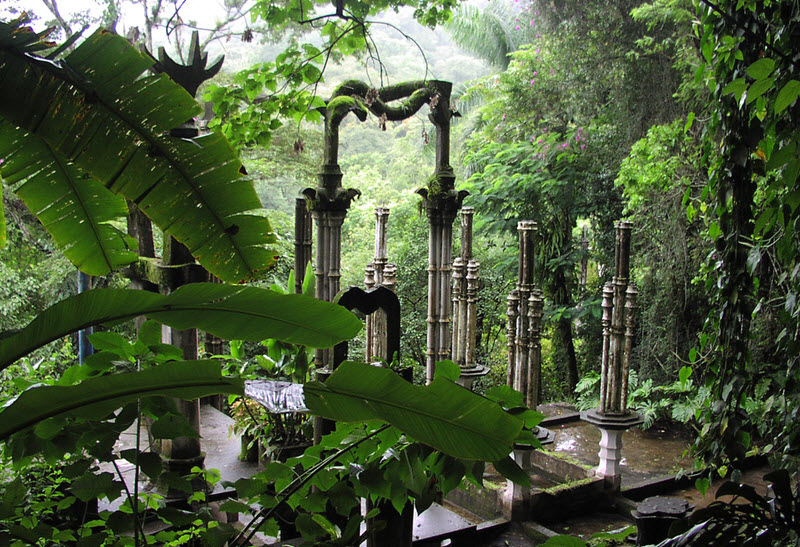
5. Nevado de Toluca National Park
In a few places in the world, you will have the opportunity to enter the crater of a volcano. In the Nevado de Toluca National Park, there is an extinct volcano. Its altitude reaches 4,690 meters above sea level and is the 4th highest natural formation in Mexico. Two lagoons are located in its crater: the one of the Sun and the one of the Moon, which can be accessed by car through a dirt road from the lower part of the volcano.
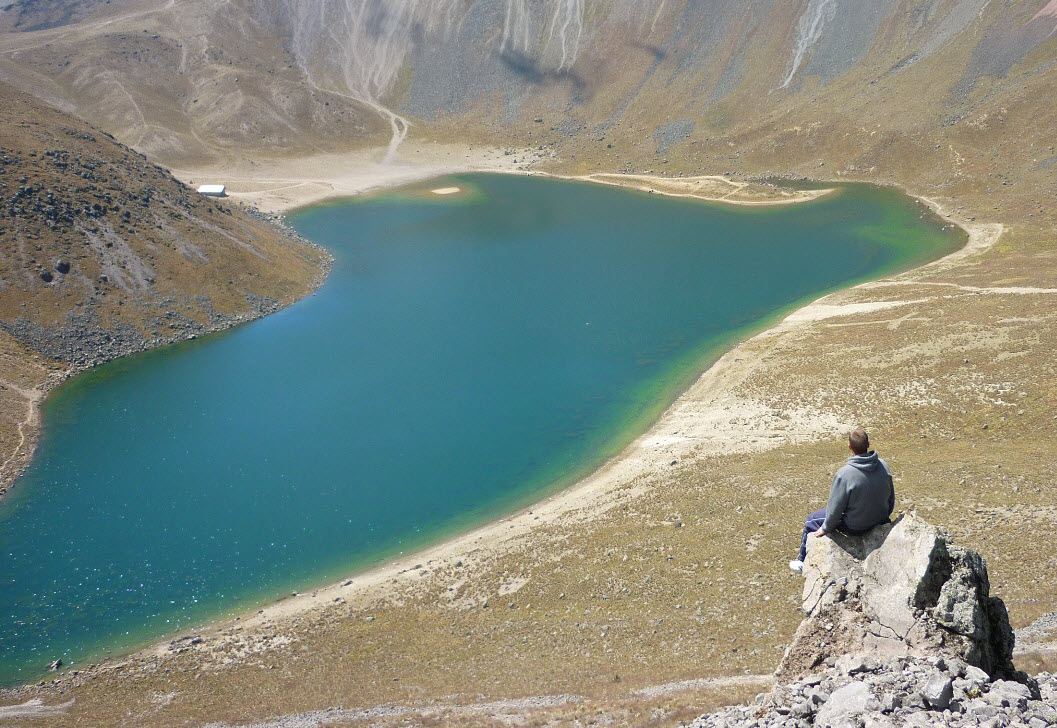
6. Bacalar, Quintana Roo
Bacalar is a magical Town with magical lagoons. Located south of the Riviera Maya and shortly before reaching Chetumal, the capital of Quintana Roo, you will find the Bacalar Lagoon, also known as the 7-color lagoon for its different shades of blue. It’s like being in the Caribbean Sea but in freshwater. You can go out on a kayak or paddle board to navigate its calm waters to enjoy the first rays of the sun. Or go sailing in the late afternoon and let the moonlight guide your way back to town. It will be something wonderful!

7. Monarch Butterfly Sanctuary
The migration of Monarch Butterflies to Mexico occurs every year between November to March. It is one of the most amazing natural phenomena in the world, and it occurs when millions of these small travelers arrive from the United States and Canada in search of a better climate in the forests located between Michoacán and the State of Mexico. The amazing thing is that none of the millions of butterflies that arrive in Mexico have ever been here before, rather they are the great-great-granddaughters of the ones that made the trip last year.

8. Montebello Lagoons, Chiapas
Formed by 59 lagoons, Montebello is one of the most amazing tourist attractions in Chiapas. It has more than 7,000 hectares of jungle and pine forests. The intense blue color of its waters is the product of the vegetation, the type of soil and the refraction of light. Here you can sail, camp or enjoy photographing the landscape. Its main lagoons are Laguna Encantada, Esmeralda, La Cañada, El Ensueño and Bosque Azul, among others. Visit them!
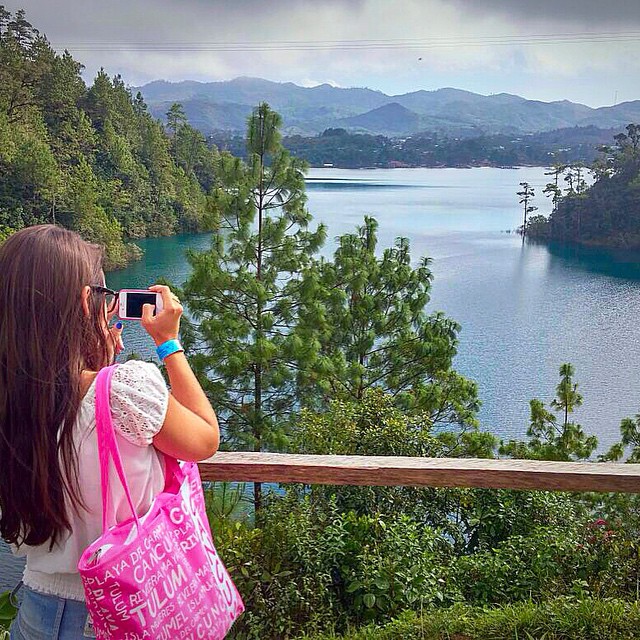
9. Ria Lagartos Reserve Natural Park, Yucatán
Ría Lagartos is a fishing port in the Yucatán. There are small hotels, restaurants and inns. But a few minutes away by boat, you will find the Ria Lagarto Biosphere Reserve, a place with one of the best wetland ecosystems that survive in Mexico. Home to migratory birds, mollusks, crustaceans, flamingos, roseate spoonbills, ibis, herons and egrets, storks, among others.
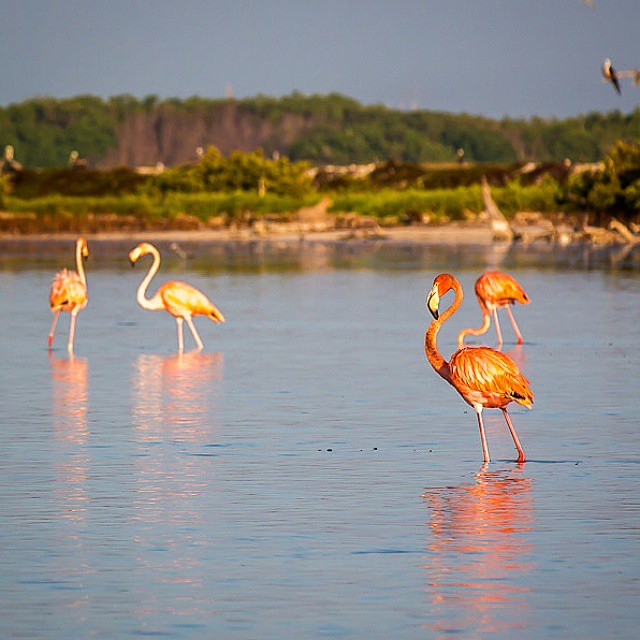
10. Costa Occidental de Isla Mujeres National Park
In the sea and front of the beautiful beaches of Cancun is the National Park Costa Occidental de Isla Mujeres, Punta Cancun and Punta Nizuc. This National Park is part of the “Great Mayan Reef”. It is home to 35 species of scleractinian corals and 37 soft corals; of various species of marine invertebrates, sponges, mollusks, snails, oysters, octopus and 11 species of dolphins and whales. Here is also the Museo Subacuático de Arte (MUSA), an underwater museum of art with more than 500 sculptures that rest forever at the bottom of the sea. It should be mentioned that this museum under the sea was created to mitigate the flow of visitors to the natural reefs, and with that helping reduce the impact of activities such as diving or snorkeling in this protected area.

11. Centla swamps, Tabasco
The Pantanos de Centla, in the state of Tabasco, are composed of lowlands and wetlands. They were declared a Biosphere Reserve. It is the largest wetland in North America and one of the 15 most important in the world. It contains a great variety of ecosystems and biodiversity, with 4 different types of magle, freshwater species, invertebrates, chelonians and other reptiles. It is located 45 kilometers southeast of the community of Frontera, Tabasco.
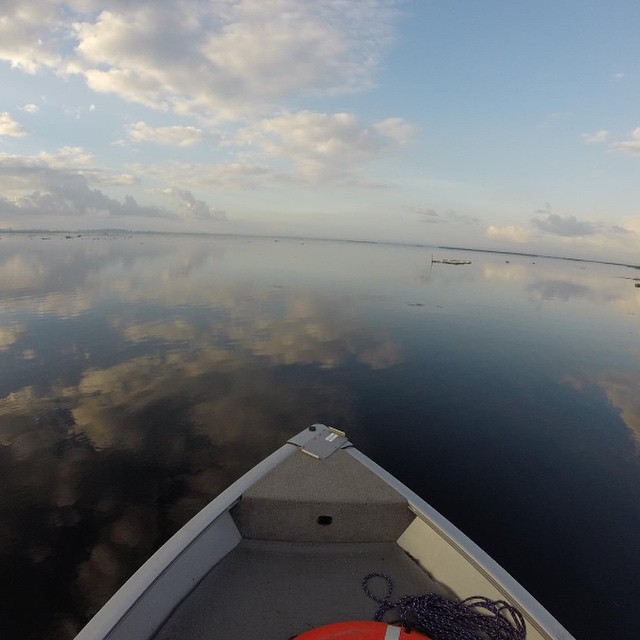
12. Petrified waterfalls of Hierve el Agua, Oaxaca
An hour’s drive away from Oaxaca, is the petrified waterfalls of Hierve El Agua. In this place, there are several ideal pools to take a dip and while you do it you can contemplate the mountains of the valley of Oaxaca. It is better to travel during the week since the pools are not very large and both locals and tourists enjoy them. If you like photography during the rainy season, the area presents incredible landscapes and the surrounding streams and mountains are full of life.
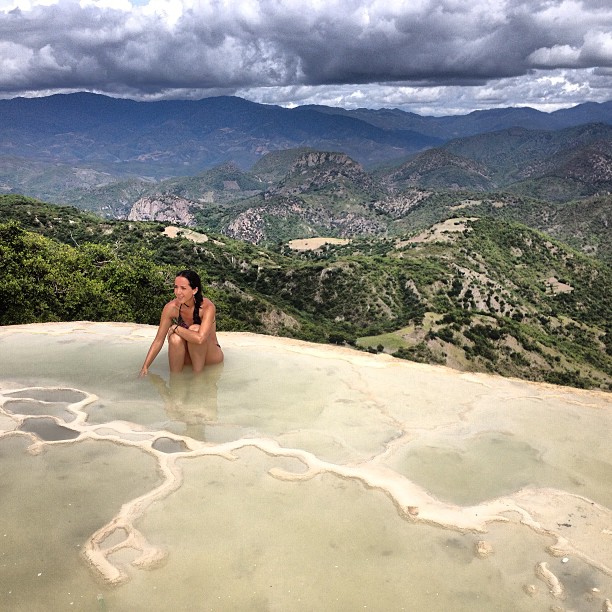
13. Cozumel Reefs National Marine Park
Cozumel is a diving paradise in Mexico, there are more than 55 places to do it and 30 kilometers of reefs. One of the most visited is the Palancar Reef, as it has spectacular caves and abysses that are a challenge to the imagination.
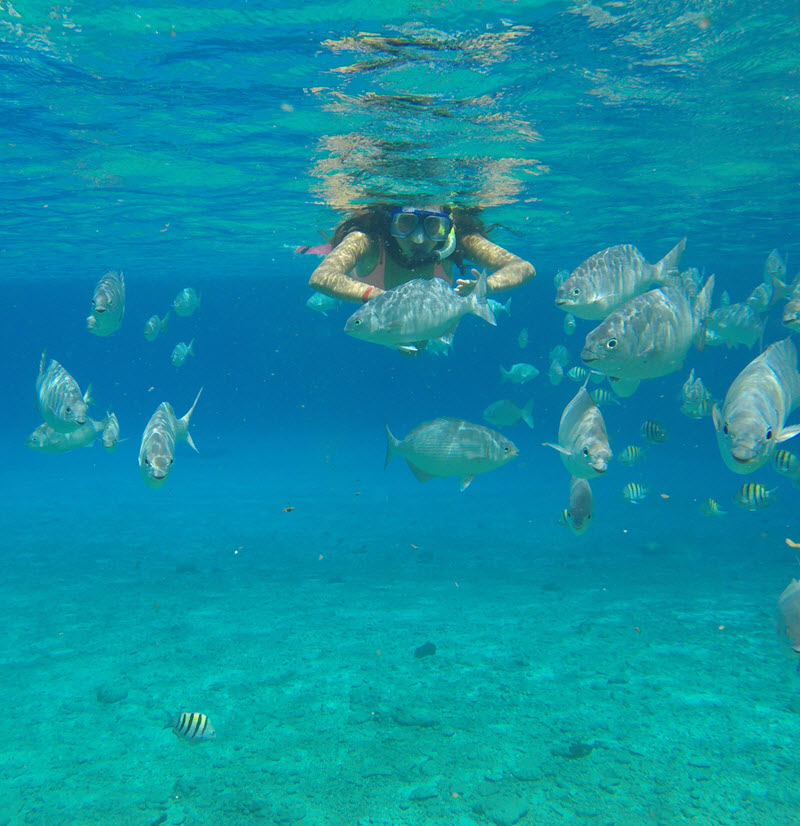
14. Lacandon Jungle, Chiapas
It is the land of the Lacandones and one of the best places to practice adventure tourism. It has an area of almost 2 million hectares and is located in the eastern mountains of the State of Chiapas. The Lacandon jungle can be explored on foot, navigating through its rivers or lagoons by kayak and boat. There are two of the most interesting Mayan archaeological zones such as Yaxchilán and Bonampak. All this and more surrounded by a lush habitat, home to animals that are in danger of extinction.

15. Sian Ka’an Biosphere Reserve
Sian Ka’an, which means: ” Place where the sky begins”, is the most important wetland in the Riviera Maya and has been a World Heritage Site by UNESCO since 1987. It is a nature reserve, home to more than 3,929 species, the most endemic and some endangered. If you are visiting Cancun or any point in the Riviera Maya, allow yourself to enjoy this ecotourism paradise.
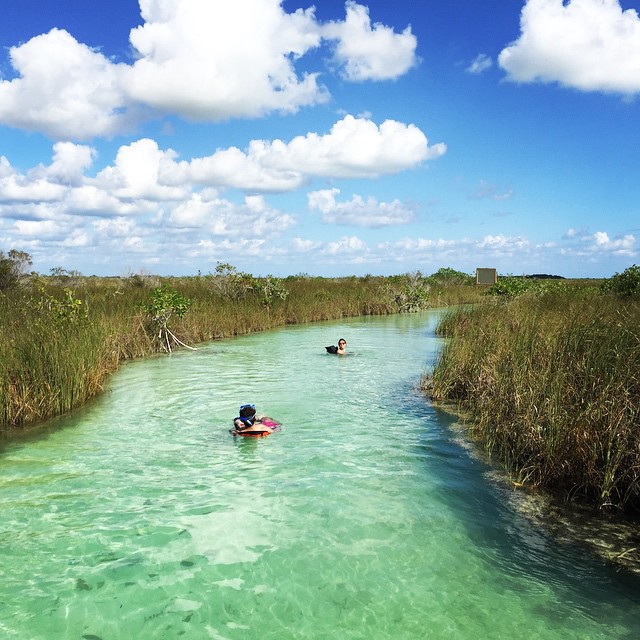
16. Copper Canyon, Chihuahua
It is an extensive and rugged system of canyons in the middle of the Sierra of the State of Chihuaha. It is deeper and more extensive than the famous Grand Canyon of Colorado. It is also home to the Tarahumaras or Rarámuris, an indigenous community that has stood out in recent years as high-endurance runners, competing in international marathons and ultramarathons with great results. In the “Barrancas del Cobre” Adventure Park you will find the largest zip line in Mexico and two suspension bridges over 100 meters high.
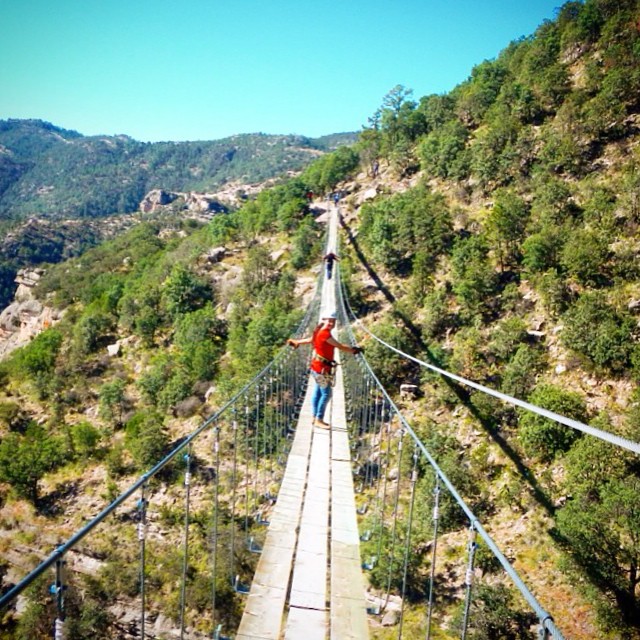
17. Holbox Island, Quintana Roo
A list of paradises for ecotourism without mentioning Holbox would be like a taco without sauce. Holbox is a small island north of Quintana Roo, you can get here going from Cancun or Merida by road until you reach the Port of Chiquilá, from where you can take a boat. Holbox is part of the Yum Balam Biosphere Reserve and Flora and Fauna Protection Area. On Isla Holbox the streets are sandy, few are paved and as a means of transportation you can use a bicycle or rent a golf cart. Some of its attractions are Isla Pájaros, Isla Pasión and Yalahau, the latter a spring that is said to have healing properties and as a “fountain of youth”.
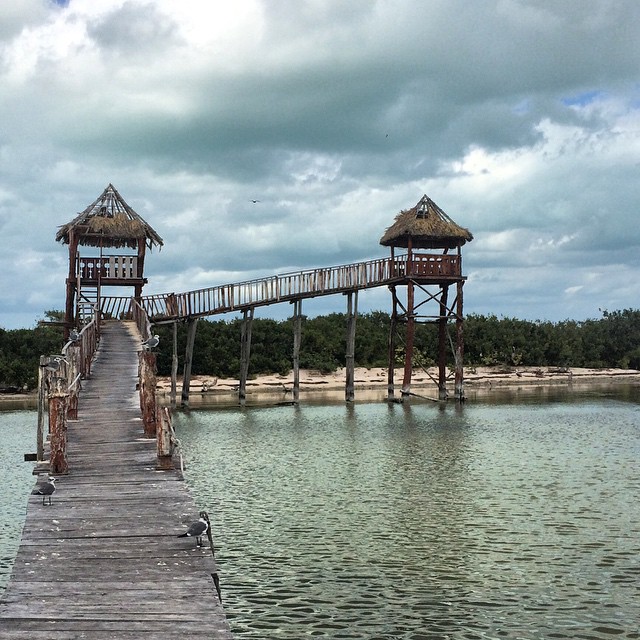
18. Bahía de Concepción, Baja California Sur
It is considered the most beautiful corner of Baja California Sur. It is located between the municipality of Mulegé and Loreto. The colors, its beaches, the tranquility and the contrasts make this place a paradise. The Perlas and Armenta Beaches are the first ones you will find on a tour from south to north, but one of the most beautiful and most visited is Playa el Requesón. In this area, there are no hotels or large resorts, only small cabins to rest, but if you like adventure, come camping!

19. Basement of the Swallows, San Luis Potosí
The “Sótano de las Golondrinas” is the most beautiful vertical cavern in the world and is located in Aquismón, San Luis Potosí. It is a natural refuge for birds. It measures 376 meters absolute vertically and a depth of 512 meters, with a diameter of 50. You can practice sports such as caving, skydiving and rappelling. It is incredible!
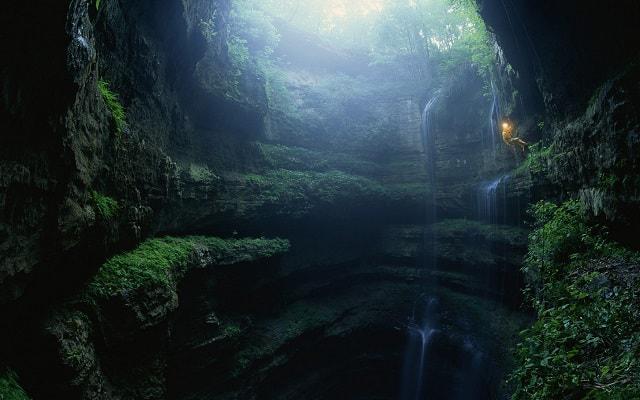
20. Jalcomulco, Veracruz
Located 5 hours away by road from Mexico City (7 by bus), is the town of Jalcomulco. It is a destination considered the Mecca of Rafting in Mexico. There are small hotels, cabins and camps. Going down the Actopan, Pescados, or Antigua rivers at high speed is great fun and also an activity full of adrenaline.

21. Peña de Bernal, Queretaro
Ecotourism or ecological tourism is one of the practices that seek to sensitize travelers about the importance of caring for our environment and at the same time the economic growth of local populations. Peña de Bernal, Queretaro, is a magical town located at the foot of the third largest monolith in the world, which you can climb and rappel to discover incredible landscapes. In its picturesque town, you can find large houses, cobbled streets, small hotels and exquisite food. Worth it!
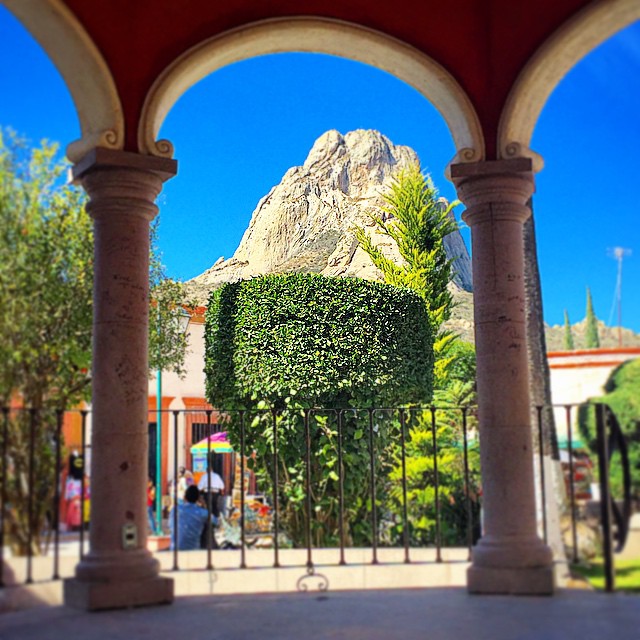
22. Huasteca Potosina, San Luis Potosi
The Huasteca Potosina is a place to experience life in the open air and enjoy all the magic of being in contact with nature. Landscapes that tell stories, trails for long walks, waterfalls, kayaking or canoeing, as well as a large number of birds make it one of the great destinations for ecotourism. The Tamul Waterfall is the highest of the waterfalls, it has a fall of more than 100 meters and in its rivers, you can practice rafting.
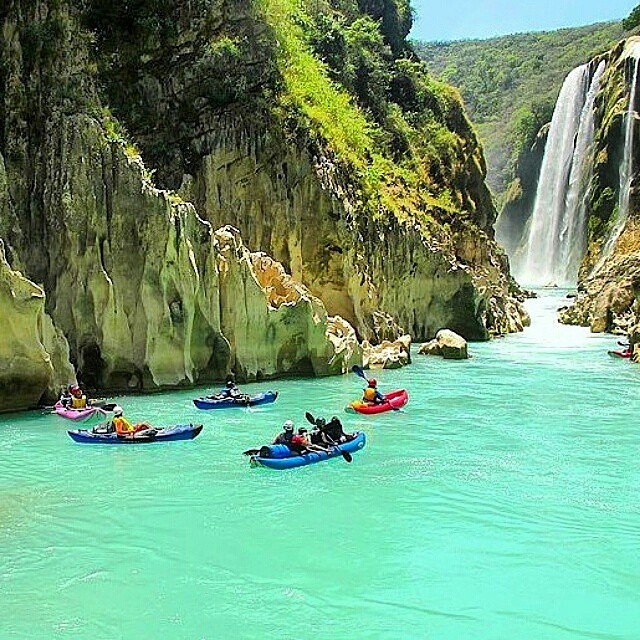
23. Route of the Cenotes, Puerto Morelos
Diving in cenotes is one of the best water activities that you can do in the Riviera Maya. And although there are dozens of places where you can practice it, diving in the region known as the Ruta de los Cenotes, located between Puerto Morelos and Playa del Carmen, you will find the best options to practice cavern diving. I assure you that the experience is one of the best you can experience in your entire life since you will be surrounded by hundreds of stalactites and stalagmites that will literally make you feel in another world. It is located a few minutes before arriving in Tulum from Playa del Carmen.

24. Izta-Popo National Park
23 kilometers from Amecameca, State of Mexico, and 3,660 meters above sea level is a place known as Paso de Cortés, the meeting point of the Izta-Popo National Park. In this park, you will be able to have the best view of the Iztaccíhuatl and Popocatépetl volcanoes, in addition to knowing the conservation works that are carried out in this protected area. Currently, it is not allowed to ascend the volcanoes, since the Popocatépetl volcano is in a preventive phase, but it is possible to walk four interpretive trails that will undoubtedly strengthen your bond with nature.
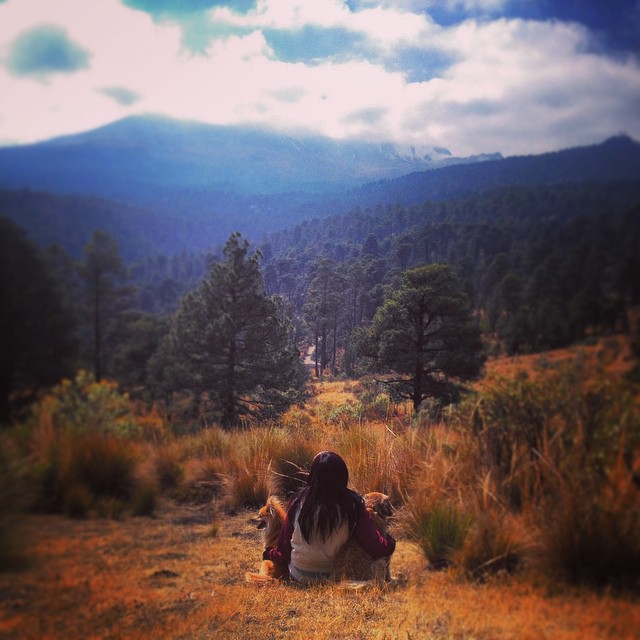
25. Sima de las Cotorras, Chiapas
The Sima de las Cotorras is a great place to explore, watch birds, do activities such as rappelling, hiking, and taste the good gastronomy of the state of Chiapas. This geological formation is very close to Tuxtla Gutiérrez and every day at sunset one of the most extraordinary natural phenomena in nature occurs, when thousands of parrots return to their home, falling from the sky in a green spiral until they reach the trees located in the background. Do you imagine?
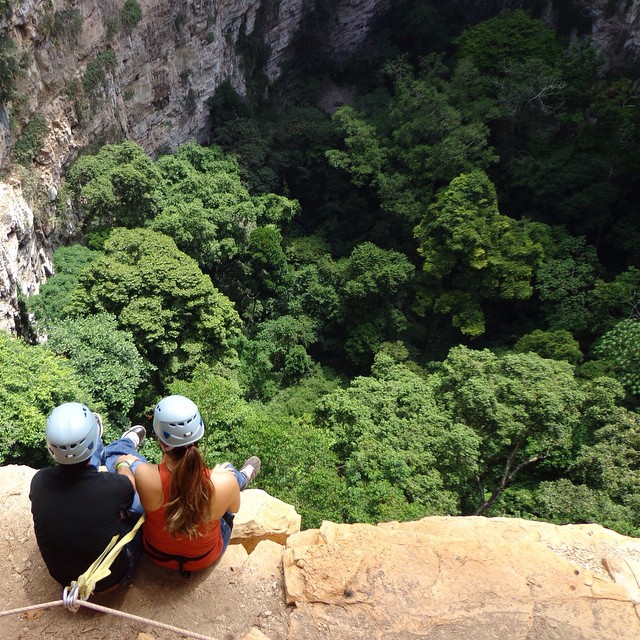
Enjoy what we have in Mexico, you could be missing something wonderful!

